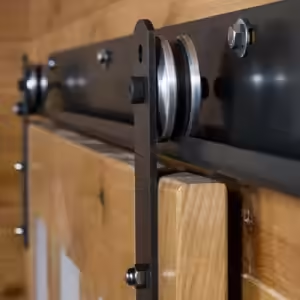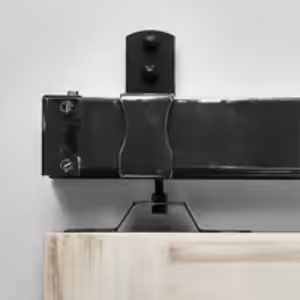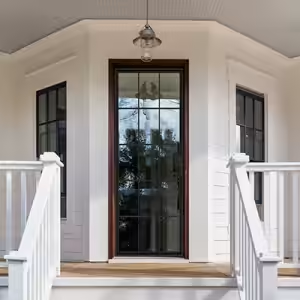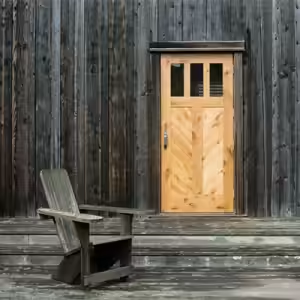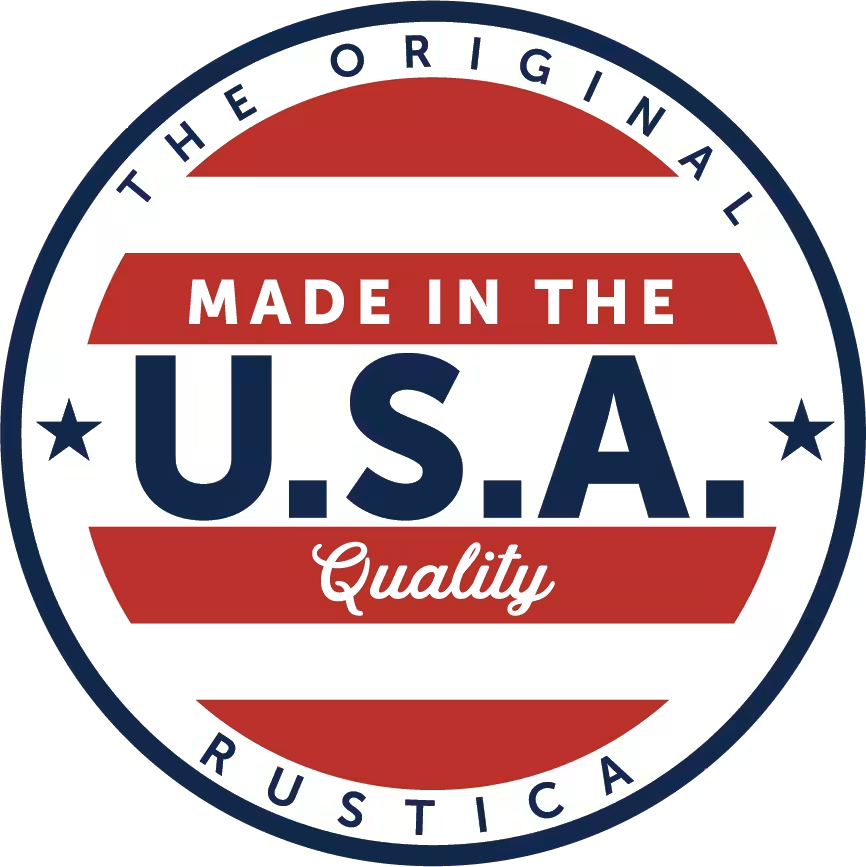7 Benefits of Awnings
- Weather Protection
- Energy Efficiency
- UV Protection
- Cost Savings
- Curb Appeal
- More Living Space
- Low Maintenance
What is an Awning?
An awning is a covering that extends out from a building at a downward angle over a porch, deck, window, or door. While most awnings extend from a building, there are awnings that are free-standing and independent of the building. An awning's purpose is to provide shade for the area it covers.7 Benefits of Awnings
Now that we’ve covered what an awning is, let’s explore the ways homeowners can benefit from adding an awning to their porch, deck, windows, and doors.1. Weather Protection
With a sturdy awning, you can protect your outdoor furniture, front door decor, windows, and doors from harsh weather conditions.When you invest in high-quality patio furniture and decor, the last thing you want is for it to be damaged by rain, snow, wind, or harsh UV rays. With a deck awning or patio awning, it will keep your quality furniture protected. That way, you can enjoy your outdoor furnishings for many years to come.
Smaller awnings over windows and doors can protect the door or window from weather damage, such as hail or strong winds. The awning will provide a buffer between the weather and the glass, ensuring its longevity by keeping it clean and protected.
2. Energy Efficiency
One of the main benefits of awnings is the cool shade it provides on hot summer days. This not only benefits the patio or deck area, but also the home’s interior.If you like the natural warmth that sunlight provides in the winter, consider a retractable awning for your large south-facing windows or patio doors. That way, you can roll up your awning when it’s no longer needed.
3. UV Protection
Just as awnings protect your outdoor furniture from direct sunlight, they can also help protect your indoor furniture from harsh UV rays. Over time, indoor furniture will fade and lose its vibrancy if it is located near windows exposed to direct sunlight.4. Cost Savings
When you think about all of the above awning benefits—from their weather protection to their energy efficiency to the UV protection—those benefits boil down to the cost savings awnings provide.5. Curb Appeal
One of the lesser-known but equally substantial awning benefits is that it will help boost your home’s curb appeal.6. More Living Space
When a home has a nice porch or deck, homeowners often want to make the most of their outdoor space. But when that space lacks shade or cover, it can go weeks without use due to harsh sunlight and hot weather.7. Low Maintenance
You may be surprised to know that awnings are low maintenance. With a high-quality, weatherproof awning, cleaning and routine maintenance is quick and easy.6 Types of Awnings
At this point, there isn’t any doubt or confusion about how amazing and beneficial awnings are. But to reap the benefits of a high-quality awning, you need to choose the right awning type for your space. Each of the following awning types has its own benefits and drawbacks. By understanding each one's pros and cons, you can choose the perfect awning for your home.1. Fixed Awning
As the name implies, a fixed awning is secured to a building and cannot be moved once installed. Also known as stationary awnings, fixed awnings cannot retract.2. Retractable Awning
A retractable awning is the most common awning type for residential buildings. Retractable awnings are easier and less expensive to install than fixed awnings. Many homeowners also prefer retractable awnings because they can control when the awning is extended out.Traditional retractable awnings are controlled via a hand crank. However, there are now motorized retractable awnings available. While more expensive, motorized awnings are controlled via a remote control or button, making them much easier to use.

 800-891-8312
800-891-8312


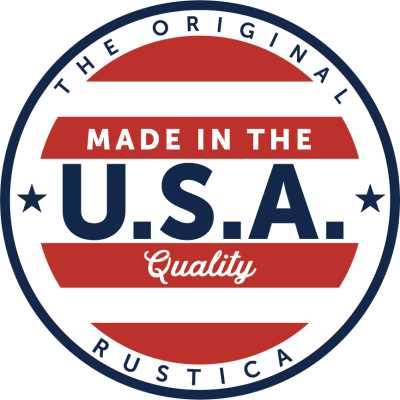

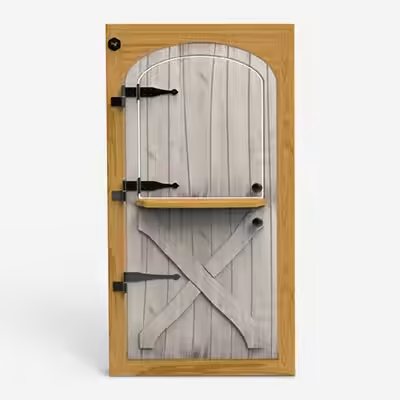

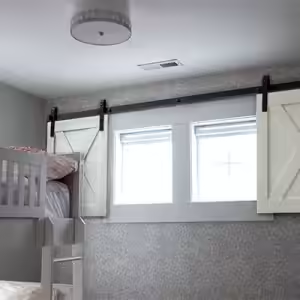


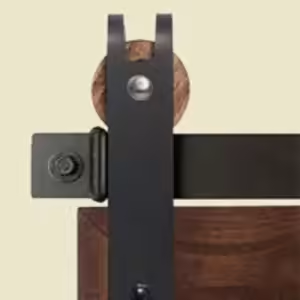

-1601395521090.avif)
